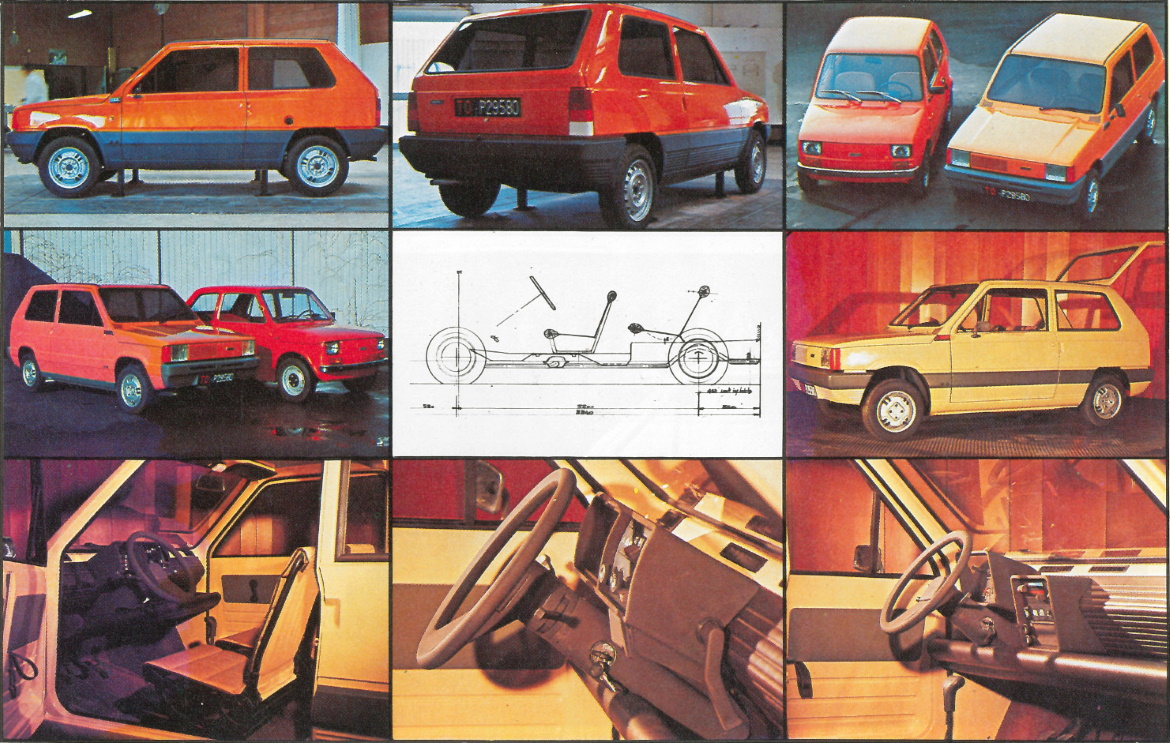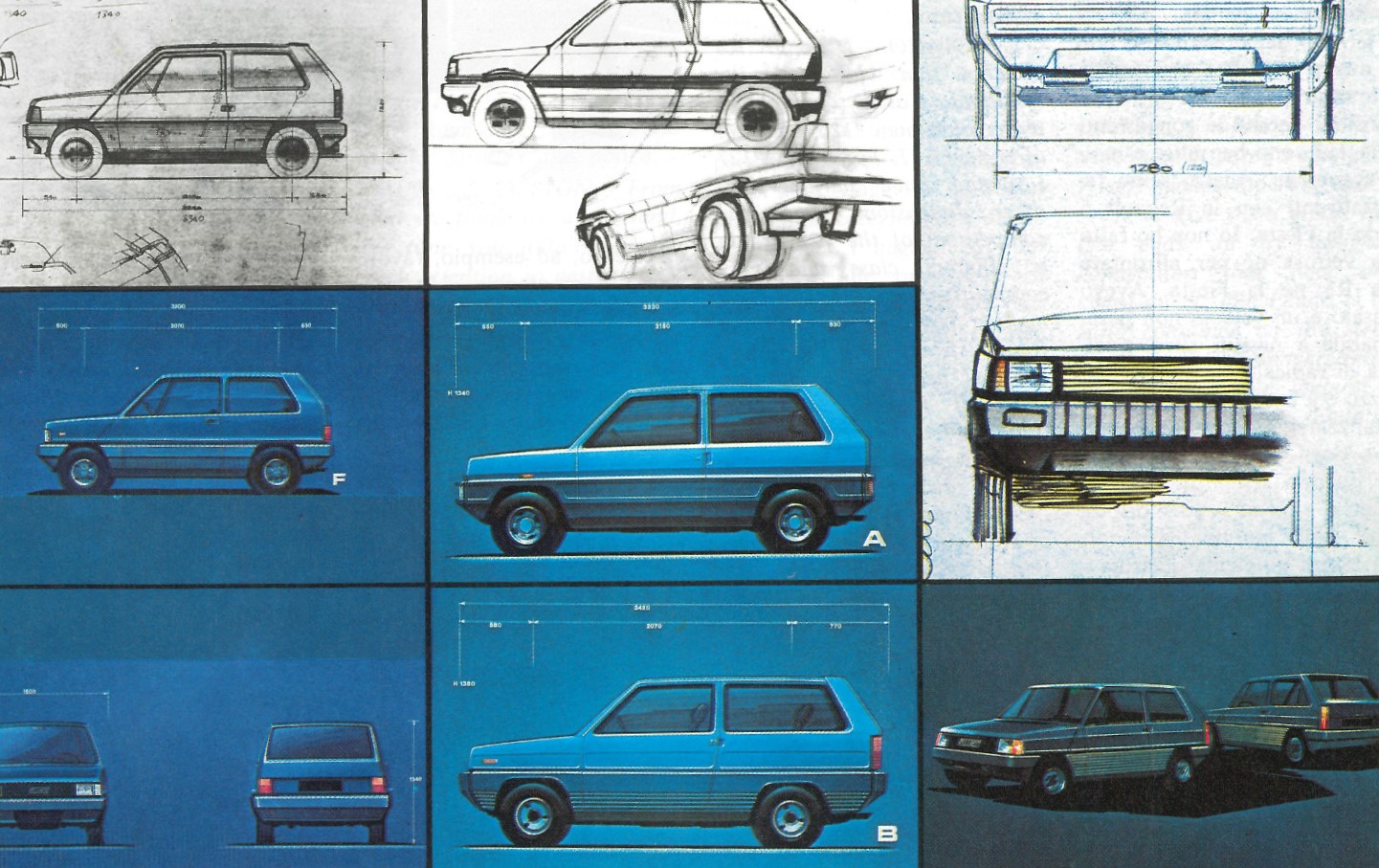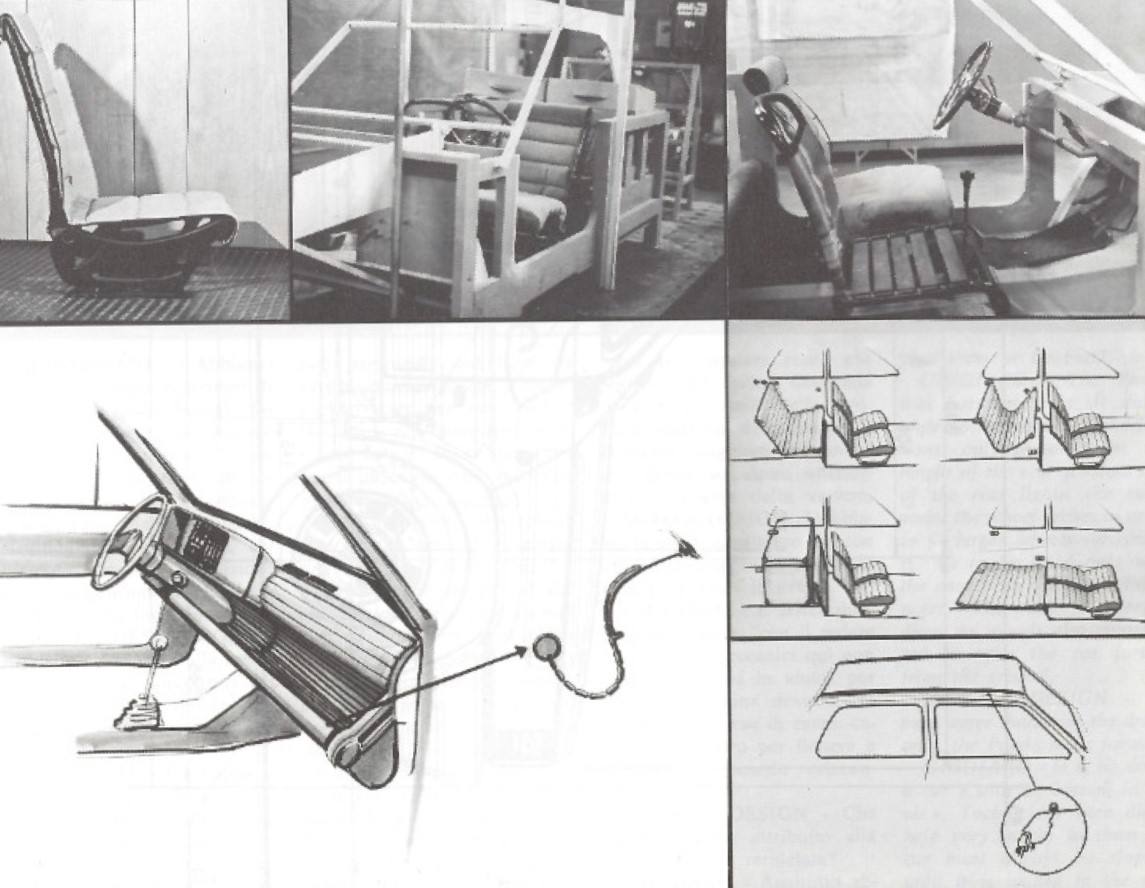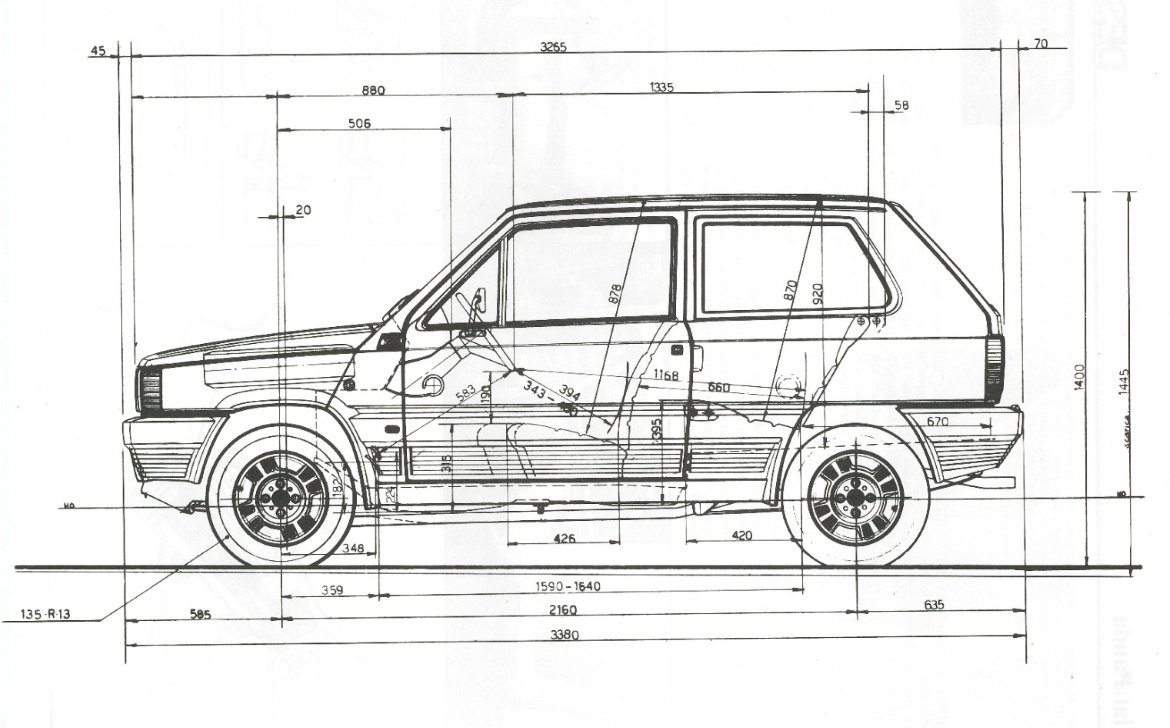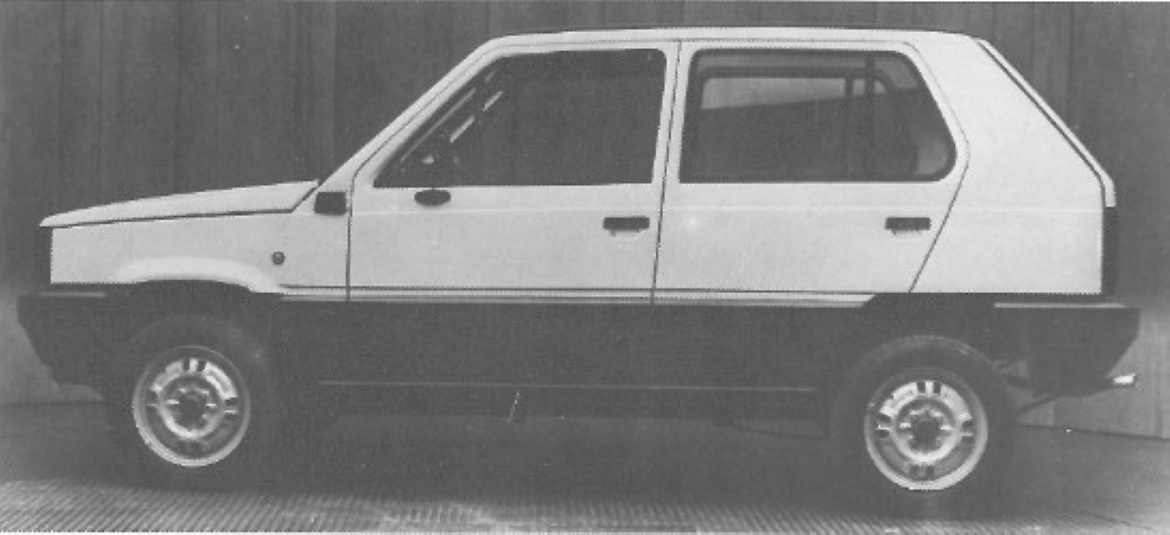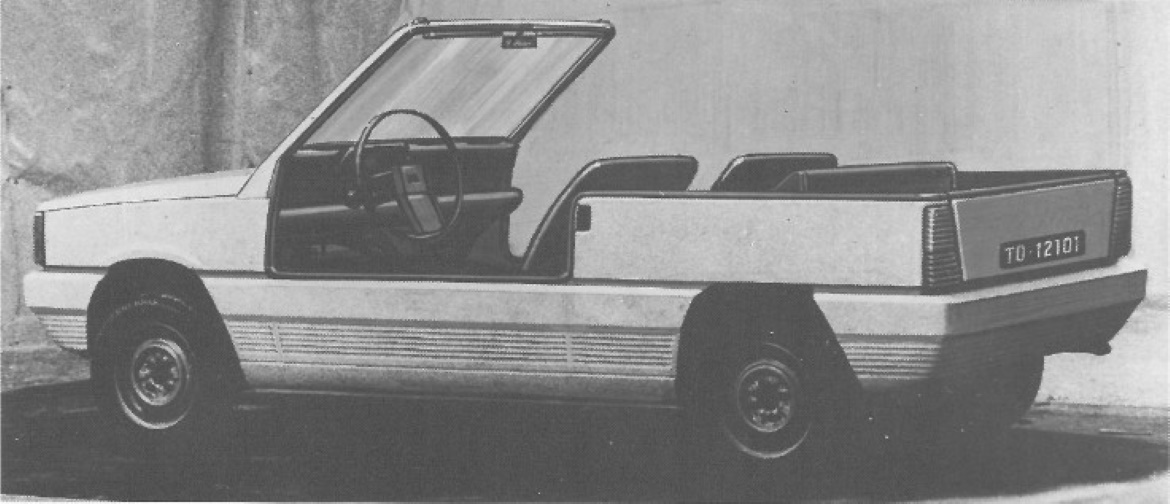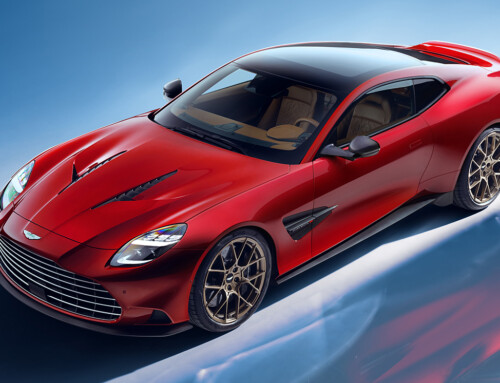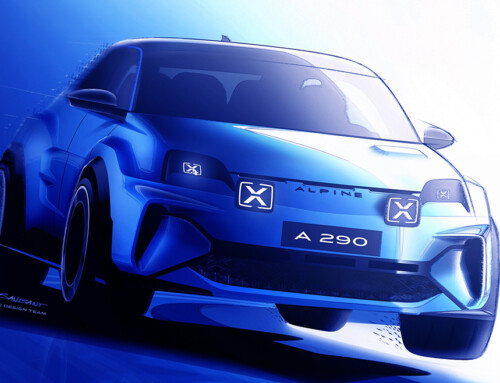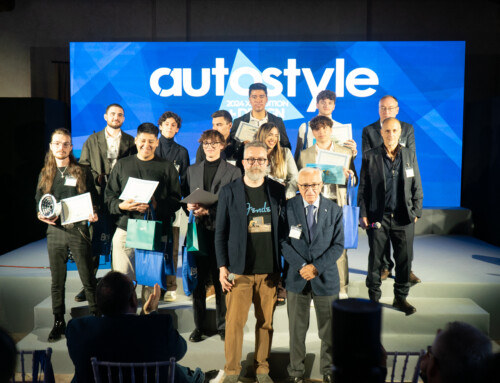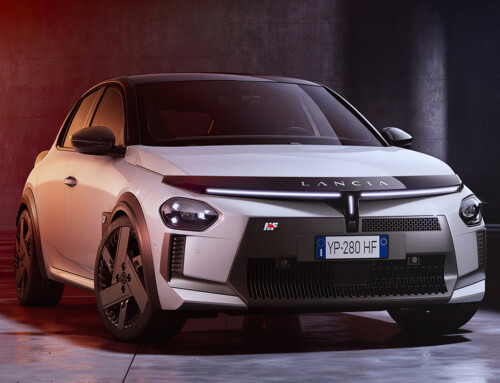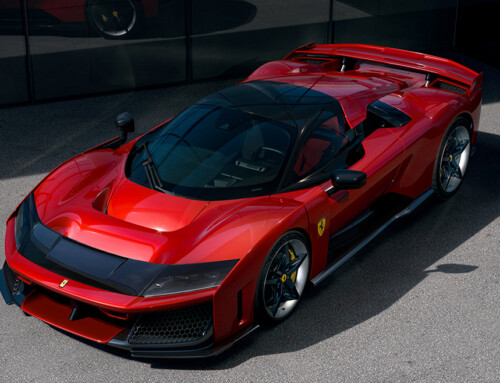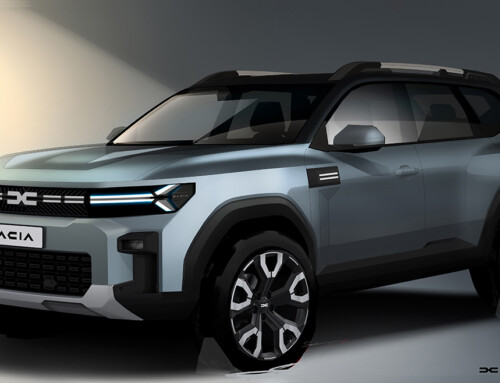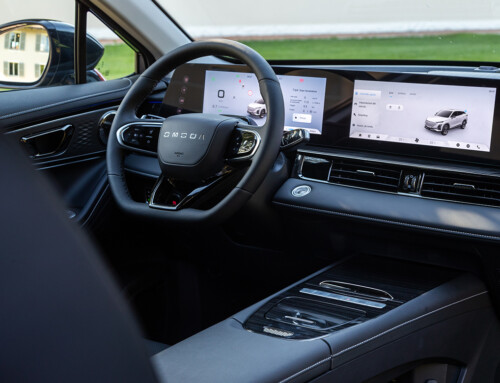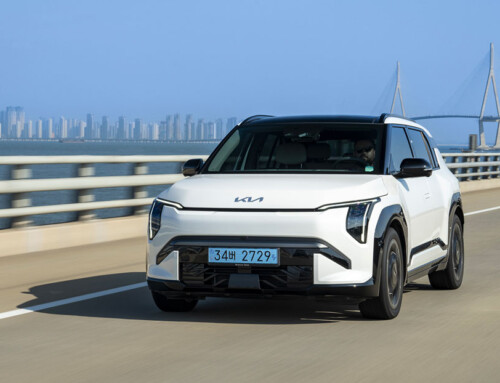40 YEARS OF INNOVATION Auto&Design no.3
Fiat Panda turns 40. Here is an extract from the design story published on Auto&Design no.3 (April-May 1980).
“To design the Panda we started out from a challenge of weight and cost,” said a young Giorgetto Giugiaro, who worked with Aldo Mantovani on the design and project. “It was a challenge to us: to design a car as large and multifunctional as possible whilst maintaining the same body weight levels of Fiat 126. In order to achieve this aim I eliminated all the frills from the car: the furnishing has disappeared. Flat glass has again been used, as it is more economical, and the sprung rear seats have gone; also the inner lining roof has gone, as has the guttering”.
The structure, as happens in architecture, has become an aesthetic element. This is the explanation of the undulation of the side bands which are repeated on the steel sheet of the doors, the upper part of the dashboard and all the pillars of the passenger compartment which are simply painted in the color of the car, the visible door hinges, the grille made but cutting the steel sheet. The Panda was born in 1976 and the first figurines were made in August of the same year. “Fiat imposed weights, costs and engine. “We have defined pitch and size, as well as the product. We submitted to Fiat an analysis of the weights, dimensions and costs compared to the other models of the group and the competitors. The decisions came after an analysis of current aesthetics, exceptional habitability and, above all, the results achieved in terms of weight and cost,” continues Giugiaro.
The small citycar, which over the years has become a true icon of the Fiat brand and is now in its third generation, was not just about rationality. In the realization of the Panda, particular attention had been paid to details. “We borrowed from industrial vehicles the concept of a protective band against corrosion, crawling, small impacts. From a stylistic point of view, the introduction of a different colour band from the body of the car was used to optically lighten the height of the sheet metal side panel, which is important compared to the height of the windows”, recalls Giugiaro.
For the innovative solution of the rear seats, the idea started thinking about a deckchair. “When I proposed to support the canvas in tension by means of two transverse tubes, I confess that I did it with a certain fear. Fiat management immediately understood the innovative aspect of this proposal and the consequent marketing implications that it could encourage. The same solution of the tube was also transferred to the dashboard, essential, capacious and very light”.

